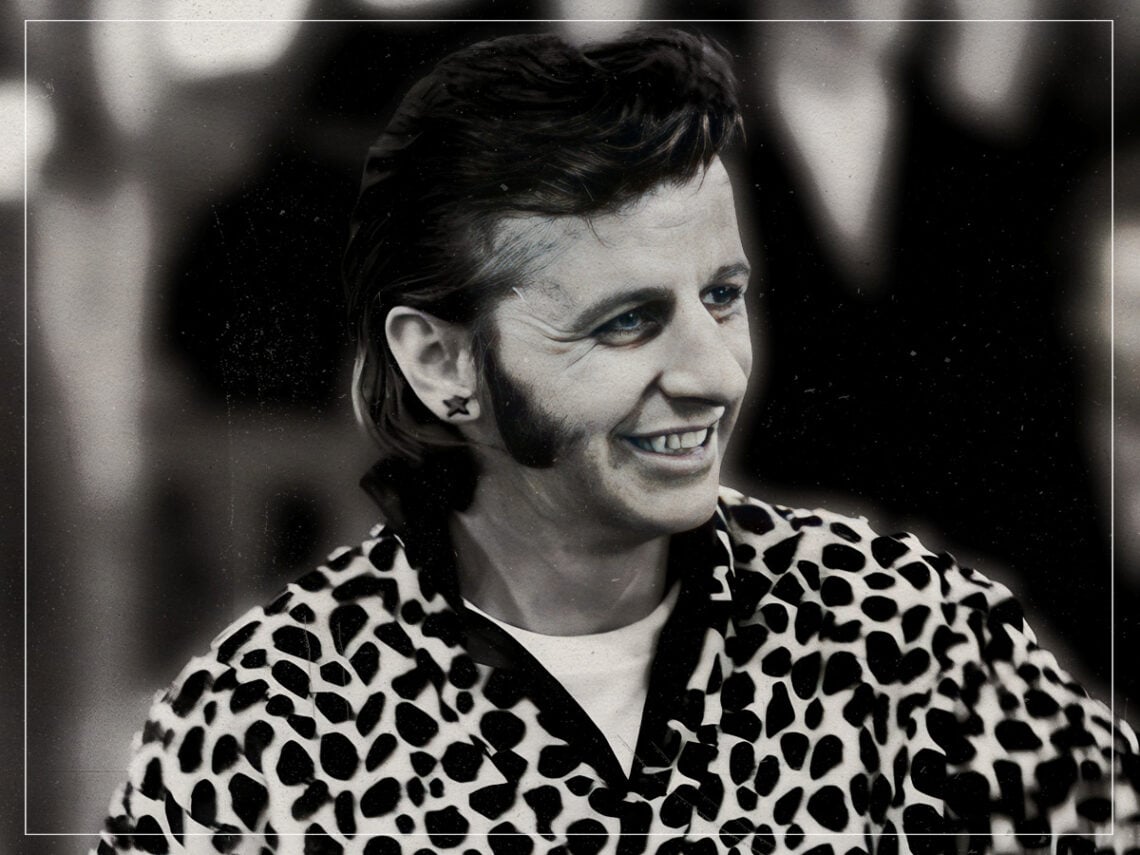The end of The Beatles is best known for the animosity between its members, particularly the rift between songwriting duo John Lennon and Paul McCartney. After years of being the biggest band in the world, the pressures of fame and various personal factors began to take their toll. During the recording of 1968’s White Album, it became clear that the group’s end was near. Heated arguments broke out, and Lennon grew increasingly aloof and detached from his bandmates.
Due to this shift, guitarist George Harrison, who had long been overshadowed by the great songwriting partnership, took the opportunity to assert his brilliance in proceedings. A highlight of the 1968 record is ‘While My Guitar Gently Weeps’, featuring the immense uncredited lead guitar work of his best friend, Eric Clapton. This stroke of genius would pave the way for Harrison to insert himself more intensely into the songwriting process over the rest of their career.
While Lennon and McCartney would still have a firm grip on the creative direction of the quartet, on 1969’s Abbey Road, Harrison’s penchant for melody is heard more clearly than before, receiving five songwriting credits for his efforts. Although some of these were collaborative efforts with the rest of the band, the opener of side two, ‘Here Comes the Sun’, was his own. It is one of the record’s best moments and one of The Beatles’ definitive numbers. It was the first proper appearance of the captivating folk he would produce in his solo career on classics such as 1970’s All Things Must Pass.
It wasn’t just Harrison who stepped up on the group’s penultimate album, either. The unfairly maligned drummer Ringo Starr, who had always been the group’s musical and personal ballast, produced several technically excellent performances, including ‘The End’, which features his only drum solo for them, and the expressive ‘Carry That Weight’.
For many, though, ‘Here Comes the Sun’ is also Starr’s highlight. Perfectly carrying the vibe of the song while adding an array of stirring fills and accentuating the winding “Sun, sun, sun, here it comes” segment, it demonstrates his skill at serving the song and his technical ability.
According to the late engineer Geoff Emerick, who recorded Abbey Road and engineered Paul McCartney and Wings’ masterpiece Band on the Run, Starr had a big problem with the track and hated recording it. Despite Harrison and Starr excelling on the song and the former growing increasingly confident in his abilities throughout the recording, the latter cut a frustrated figure throughout.
Harrison really shone when assembling the track. They gradually added orchestral twists and attempted to make the final product sound as expansive as possible, concentrating heavily on Phil Spector’s innovative ‘Wall of Sound’ approach. This is another aspect that would come to the fore on All Things Must Pass.
During a 2014 interview with Music Radar, Emerick recalled how annoyed Starr was with himself when recording his parts for ‘Here Comes The Sun’. He hated playing the now-iconic tom fills because he could never recreate them from one take to another, meaning he was up against it each time, striving for new greatness each time.
“Ringo’s tom fills really make the song, but funnily enough, he hated doing them because he could never remember what he did one take to the next,” Emerick said. “I think that’s why his fills are so spectacular — he felt that he would never reproduce them, so he’d better get ’em right.”
For a band that took their recording so seriously that they decided to retire from touring because of it, it’s no surprise Starr was so hard on himself during the making of ‘Here Comes the Sun’. This meticulous attention supplemented The Beatles’ career and made them world beaters.



